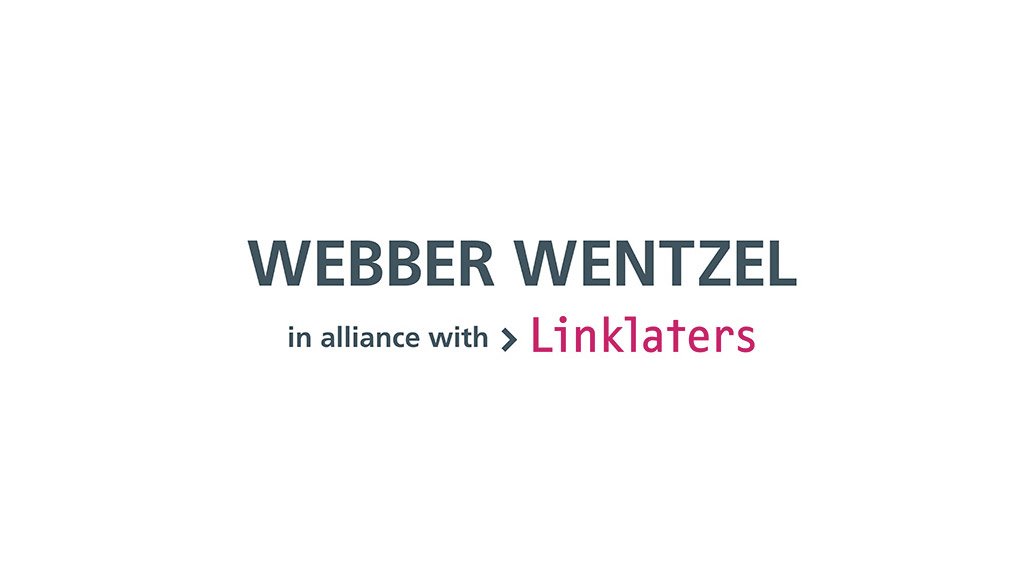Tax policies influence investment decisions. To incentivise miners, the Income Tax Act allows mining companies to claim deductions for mining capital expenditure, commonly referred to as 'mining capex'.
Mining capex is critical to the South African economy, yet investment in the sector is declining. Earlier in March 2025, the Chief Economist of the Minerals Council described the 2024 mining sector investment data as a 'horror show'. In real, inflation-adjusted terms, mining capex declined by 9.6% year on year. He further noted that mining capex contributed almost 14% to total nominal fixed investment spending in South Africa during 2024.
At a time when the budget is being scrutinised and political parties agree on the need for economic growth, it makes little sense, from a tax policy perspective, to discourage mining companies from investing in mining capex.
It was therefore a great relief that the Supreme Court of Appeal found in favour of the Sishen Iron Ore Company (Sishen) in a recent case where the South African Revenue Service had disallowed the deduction of Sishen's mining capex for income tax purposes.
Sishen conducts open cast mining in the Northern Cape. It holds a mining right to extract iron ore within a designated mining area. Open cast mining involves the removal of 'overburden' - everything on the surface, including the surface itself - to access the ore. Sishen had to remove certain railway lines, electricity lines and provincial roads within the mining area to get access to iron ore underneath the surface. There was also a township called Dingleton adjacent to the mining area . Under safety legislation, blasting activities could not be conducted within a 500-metre buffer zone from any homes or infrastructure and hence the entire township had to be relocated to safely access the ore in the buffer zone. Sishen's mining right required it to compensate Dingleton residents and the owners of affected infrastructure for damage caused by its mining operations.
The World Bank has developed best practice guidelines for relocating communities due to mining activities. Sishen adhered strictly to these principles. It facilitated a like-for-like exchange of houses, churches and other community buildings in Dingleton for new structures in Kathu. Additionally, Sishen rebuilt the railway lines, electricity lines and provincial roads outside the mining area on behalf of the infrastructure owners.
The Income Tax Act provides for the deduction of mining capital expenditure, which includes any expenses incurred in terms of a mining right. Sishen, therefore, claimed the costs of moving the Dingleton township and the infrastructure as a deduction.
The Supreme Court acknowledged that the fiscus favours miners. The golden rule is therefore that the empowering legislation must be interpreted strictly. The Court held Sishen's mining right obliged it to safeguard, protect and compensate third parties for losses arising from the exercising of the mining right. Planning for these legal obligations and dealing with them in advance was neither unusual nor inappropriate.
Moreover, Sishen's mining work programme had anticipated the relocation of the Dingleton residents and the mining operations in the buffer zone. The relocation expenditure was a necessary part of the method and process of open cast mining. Without the relocations, Sishen would have breached its obligations under the mining right. The Court, therefore, held that the expenditure fell within the scope of section 36(11)(e) of the Income Tax Act as costs incurred in terms of a mining right.
Written by Nina Keyser, Partner at Webber Wentzel
EMAIL THIS ARTICLE SAVE THIS ARTICLE ARTICLE ENQUIRY FEEDBACK
To subscribe email subscriptions@creamermedia.co.za or click here
To advertise email advertising@creamermedia.co.za or click here











